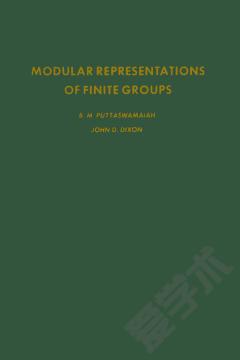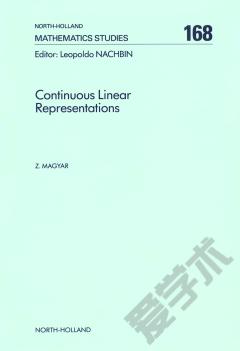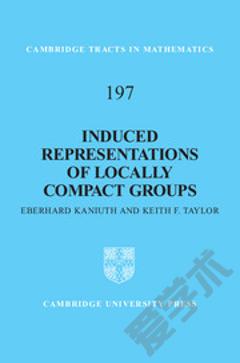Representations of General Linear Groups
The most important examples of finite groups are the group of permutations of a set of n objects, known as the symmetric group, and the group of non-singular n-by-n matrices over a finite field, which is called the general linear group. This book examines the representation theory of the general linear groups, and reveals that there is a close analogy with that of the symmetric groups. It consists of an essay which was joint winner of the Cambridge University Adams Prize 1981-2, and is intended to be accessible to mathematicians with no previous specialist knowledge of the topics involved. Many people have studied the representations of general linear groups over fields of the natural characteristic, but this volume explores new territory by considering the case where the characteristic of the ground field is not the natural one. Not only are the results in the book elegant and interesting in their own right, but they suggest many lines for further investigation.
{{comment.content}}








 京公网安备 11010802027623号
京公网安备 11010802027623号